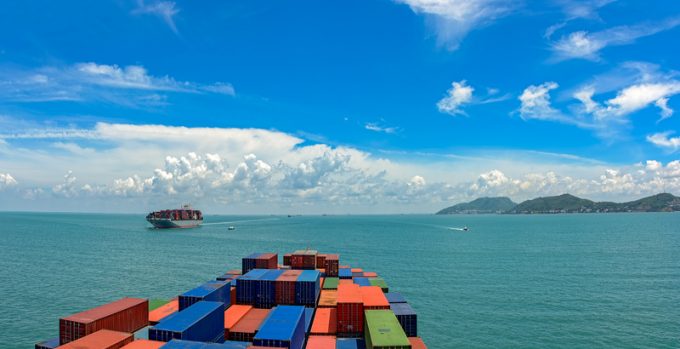With billions to burn, shipping lines fear nothing in H2 25
‘In the name of share’

There are reports of “sharp increases” in Asia-Europe container spot rates this week, as the fallout from the week-long Suez Canal blockage restricts both vessel and equipment capacity in Asia.
Today’s Ningbo Containerized Freight Index (NCFI) North Europe and Mediterranean component jumped by 8.7%, almost matching ...
MSC switches two more Asia-Europe port calls from congested Antwerp
Front-loading frenzy has made traditional H2 peak season 'unlikely'
Tradelanes: Export boom in Indian sub-continent triggers rise in airfreight rates
Carriers introduce surcharges as congestion builds at African ports
Mexican airport modernisation plan unlikely to boost cargo facilities
Ports and supply chain operators weigh in on funding for CPB
Box ship overcapacity threat from carrier appetite for new tonnage
Tradelanes: Overcapacity on Asia-S America impacting alliances and rates

Comment on this article